Home>Gardening & Outdoor>Landscaping Ideas>What Type Of Grass Is In My Yard
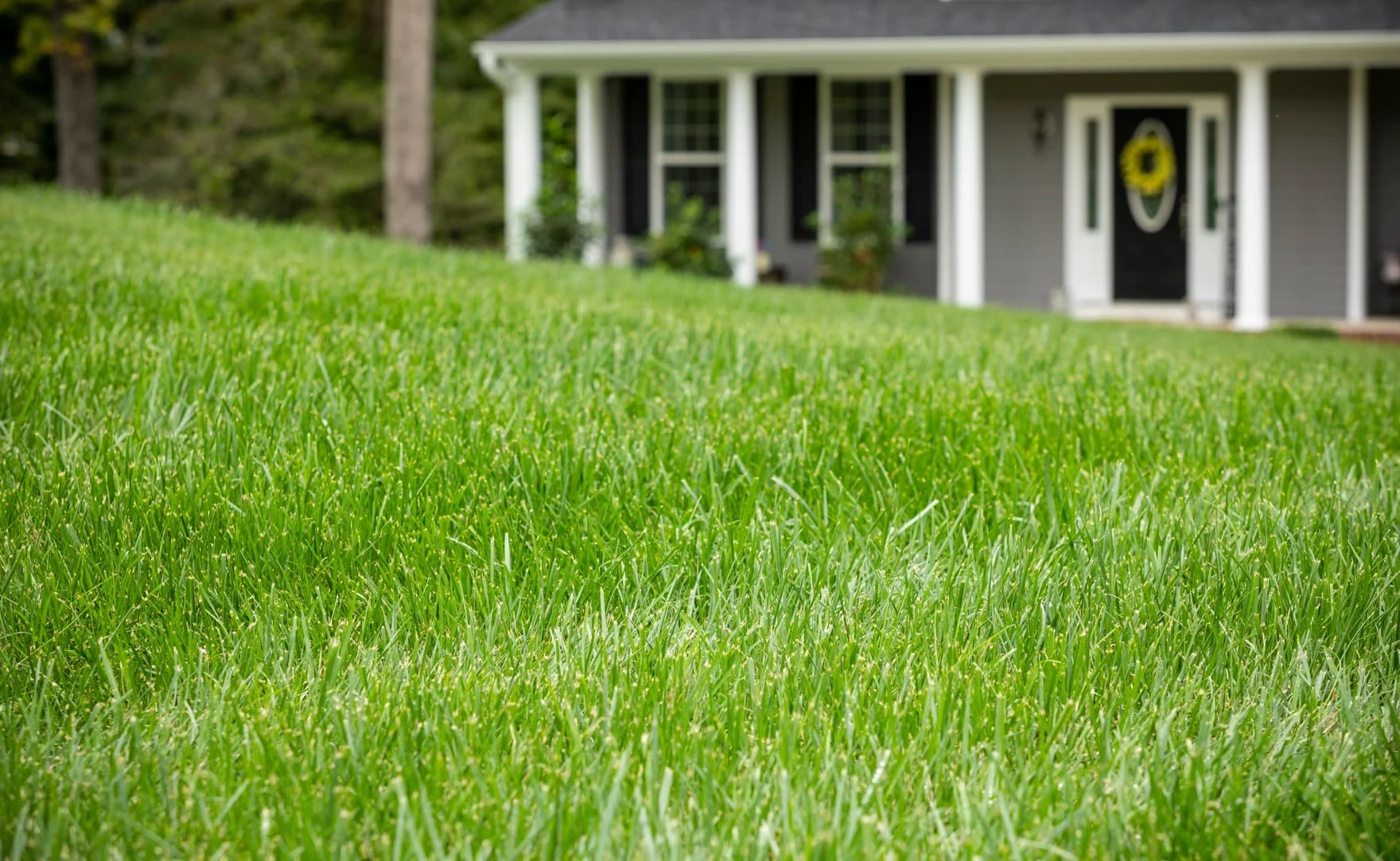

Landscaping Ideas
What Type Of Grass Is In My Yard
Modified: March 5, 2024
Discover the best landscaping ideas for your yard with our guide on identifying the type of grass in your yard. Create a thriving outdoor space with the right landscaping techniques.
(Many of the links in this article redirect to a specific reviewed product. Your purchase of these products through affiliate links helps to generate commission for Storables.com, at no extra cost. Learn more)
Introduction
When you gaze upon your lush green yard, have you ever pondered what type of grass is thriving beneath your feet? Understanding the grass species in your yard is essential for its proper care and maintenance. Different grasses have unique characteristics, growth patterns, and maintenance requirements. By identifying the specific type of grass in your lawn, you can tailor your lawn care regimen to ensure it remains healthy and vibrant throughout the year.
In this comprehensive guide, we will delve into the various types of grass commonly found in yards, including warm-season and cool-season varieties. You will learn how to identify the grass type in your yard and explore the factors that influence the prevalence of specific grass species. By the end of this journey, you will possess the knowledge to discern and care for the grass in your yard with confidence and expertise.
Key Takeaways:
- Different grasses thrive in different climates. Warm season grasses like Bermuda and Zoysia are perfect for hot summers, while cool season grasses like Kentucky bluegrass and Fescue flourish in moderate temperatures.
- Identifying the type of grass in your yard is crucial for proper care. Factors like climate, soil type, sunlight, and water availability influence the success of specific grass species.
Read more: How To Know What Type Of Grass Is In My Yard
Warm Season Grasses
Warm season grasses are well-suited to regions with hot summers and mild winters. They thrive in southern climates and are known for their ability to withstand heat and drought. These grasses experience peak growth during the warm summer months and often turn dormant and brown during the winter.
Common warm season grasses include:
- Bermuda Grass: This resilient grass variety is prized for its durability and ability to withstand heavy foot traffic. It forms a dense, lush carpet of fine-textured blades and exhibits excellent heat tolerance.
- Zoysia Grass: Zoysia grass is celebrated for its lush, dense growth and exceptional tolerance to heat, drought, and foot traffic. It thrives in full sun and has a remarkable ability to recover from damage.
- Centipede Grass: With its low maintenance requirements and pale green hue, centipede grass is a popular choice in the southern United States. It flourishes in acidic soils and exhibits good tolerance to drought and heat.
These warm season grasses boast remarkable resilience in the face of scorching temperatures, making them ideal for regions with long, hot summers. Their ability to withstand drought and heat makes them a popular choice for lawns, parks, and sports fields in southern climates.
Understanding the characteristics of warm season grasses is crucial for proper lawn care and maintenance. By recognizing the unique traits of these grasses, you can implement targeted care strategies to ensure a thriving, verdant lawn throughout the summer months.
Cool Season Grasses
Unlike their warm season counterparts, cool season grasses flourish in regions with moderate temperatures and are well-adapted to withstand cold winters. These grasses experience peak growth during the cooler months of the year, making them an excellent choice for lawns in northern regions and areas with distinct seasonal changes.
Common cool season grasses include:
- Kentucky Bluegrass: Renowned for its lush, emerald-green appearance and fine texture, Kentucky bluegrass is a popular choice for lawns in cooler climates. It forms a dense, resilient turf and exhibits excellent cold tolerance.
- Fescue Grass: Fescue grass encompasses several varieties, including tall fescue and fine fescue, each with its unique characteristics. These grasses are celebrated for their adaptability to a wide range of soil types and their tolerance to shade.
- Perennial Ryegrass: Perennial ryegrass is prized for its rapid germination and establishment, making it an excellent choice for overseeding lawns or repairing bare patches. It exhibits exceptional wear tolerance and a vibrant, lush appearance.
These cool season grasses thrive in regions with moderate temperatures and are well-suited to withstand cold winters. Their ability to maintain vibrant growth during the cooler months makes them an ideal choice for lawns in northern climates and areas with distinct seasonal changes.
Understanding the unique traits of cool season grasses is essential for effective lawn care and maintenance. By recognizing the specific characteristics of these grasses, you can implement tailored care practices to ensure a resilient, verdant lawn throughout the cooler months of the year.
Consider the climate and soil in your area when choosing grass for your yard. Cool-season grasses like Kentucky bluegrass and fescue are best for northern regions, while warm-season grasses like Bermuda and zoysia thrive in the south.
Identifying Grass Types
Identifying the grass type in your yard is a fundamental step in implementing proper lawn care practices. While the sheer variety of grass species may seem daunting, there are several key characteristics to observe when discerning the type of grass thriving in your lawn.
Leaf Texture: The texture of the grass blades can provide valuable insight into the grass type. Fine-bladed grasses, such as Bermuda grass and Kentucky bluegrass, exhibit a soft, delicate texture, while coarse-bladed grasses, like tall fescue, have a more robust and rugged appearance.
Growth Habit: Observing the growth habit of the grass can aid in identification. Some grasses form dense, low-growing mats, while others may have a more upright growth habit. Additionally, the presence of above-ground runners, known as stolons or rhizomes, can be indicative of specific grass species.
Color and Density: The color and density of the grass can vary significantly between different species. Kentucky bluegrass, for example, is known for its vibrant green hue and dense growth, while fine fescue may exhibit a lighter green color and a more delicate appearance.
Seed Head Appearance: Examining the seed heads of the grass can provide valuable clues for identification. Some grasses produce distinctive seed heads that can aid in determining the specific species present in your lawn.
By keenly observing these key characteristics and utilizing resources such as online guides and local extension services, you can enhance your ability to identify the grass type in your yard accurately. Additionally, consulting with lawn care professionals or local horticultural experts can provide valuable insights and guidance in identifying and caring for the grass in your lawn.
Factors Affecting Grass Type
The type of grass thriving in your yard is influenced by a myriad of factors, each playing a crucial role in determining the prevalence and success of specific grass species. Understanding these influential factors is essential for comprehending the dynamics of your lawn and implementing targeted care strategies to promote healthy, vibrant grass growth.
Climate: The climate of your region significantly impacts the type of grass that thrives in your yard. Warm season grasses excel in hot, southern climates, while cool season grasses flourish in regions with moderate temperatures and cold winters. The temperature, precipitation patterns, and overall climate of your area play a pivotal role in determining the most suitable grass species for your lawn.
Soil Type: The composition and characteristics of your soil, such as its texture, pH level, and drainage capacity, can profoundly influence the success of certain grass species. For instance, sandy soils may favor the growth of drought-tolerant grasses, while clay soils may be better suited for grasses with robust root systems and good drainage capabilities.
Sunlight Exposure: The amount of sunlight your lawn receives is a critical factor in determining the viability of specific grass species. Some grasses thrive in full sun, while others exhibit greater tolerance to shade. Understanding the sunlight requirements of different grass types is essential for selecting the most suitable species for various areas of your lawn.
Water Availability: The availability of water, whether through natural precipitation or irrigation, profoundly impacts the growth and survival of grasses. Drought-tolerant species may fare better in regions with limited water availability, while others may require consistent moisture to thrive.
Local Environmental Conditions: Local environmental factors, such as elevation, proximity to bodies of water, and prevailing weather patterns, can also influence the prevalence of specific grass types. Understanding the unique environmental conditions of your area can provide valuable insights into the most suitable grass species for your lawn.
By considering these influential factors and their impact on grass growth, you can make informed decisions regarding lawn care practices, species selection, and maintenance strategies. Tailoring your approach to align with the specific conditions of your yard will contribute to the long-term health and vitality of your lawn.
Read more: What Is The Most Common Type Of Yard Grass
Conclusion
Identifying the type of grass in your yard is a foundational step in nurturing a healthy, vibrant lawn. Whether your lawn boasts warm season grasses that thrive in the heat of summer or cool season grasses that flourish in moderate temperatures, understanding the unique characteristics of these grasses is essential for effective lawn care and maintenance.
By familiarizing yourself with the distinctive traits of warm season grasses such as Bermuda grass, Zoysia grass, and Centipede grass, you can implement targeted care practices to ensure their resilience in the face of scorching temperatures and drought. Similarly, recognizing the attributes of cool season grasses like Kentucky bluegrass, Fescue grass, and Perennial ryegrass empowers you to nurture their vibrant growth during the cooler months of the year.
Furthermore, honing your ability to identify grass types based on leaf texture, growth habit, color, and seed head appearance equips you with valuable insights for discerning the specific species thriving in your lawn. Leveraging this knowledge, in conjunction with an understanding of influential factors such as climate, soil type, sunlight exposure, water availability, and local environmental conditions, enables you to tailor your lawn care approach to the unique needs of your grass species and the conditions of your yard.
As you embark on your journey to care for and maintain your lawn, remember that the type of grass in your yard is not merely a component of the landscape, but a living, dynamic entity that responds to thoughtful care and attention. By embracing the intricacies of your grass species and the environmental factors shaping their growth, you can cultivate a lush, resilient lawn that serves as a testament to your dedication and expertise.
Armed with the knowledge and insights gained from this guide, you are well-prepared to embark on a journey of discovery and care, nurturing your lawn into a verdant oasis that beckons with its beauty and vitality throughout the seasons.
Frequently Asked Questions about What Type Of Grass Is In My Yard
Was this page helpful?
At Storables.com, we guarantee accurate and reliable information. Our content, validated by Expert Board Contributors, is crafted following stringent Editorial Policies. We're committed to providing you with well-researched, expert-backed insights for all your informational needs.
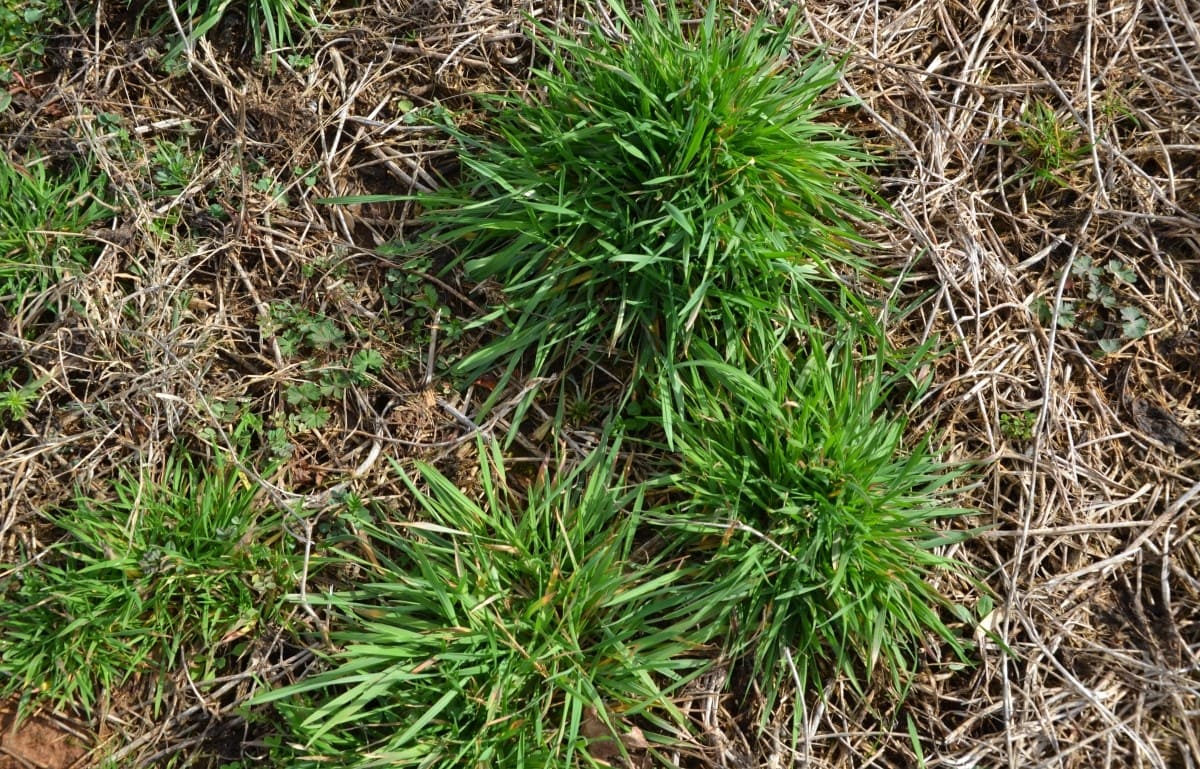
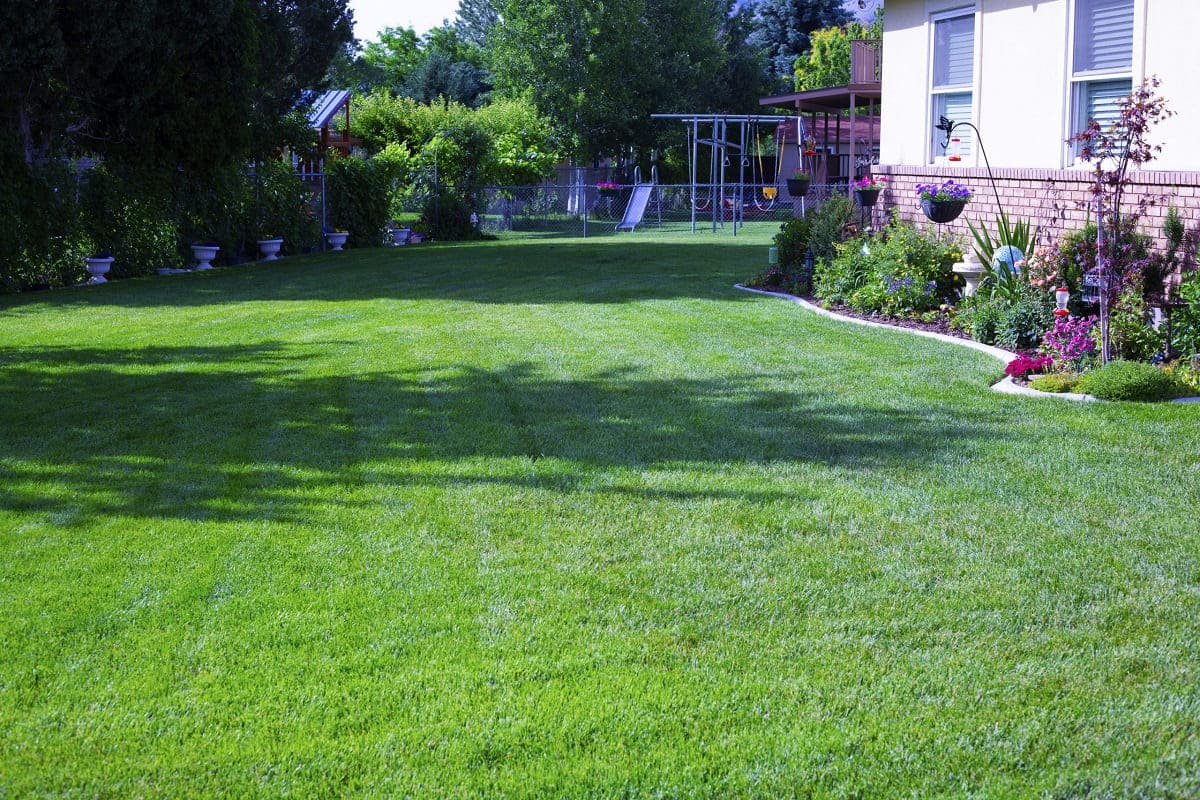
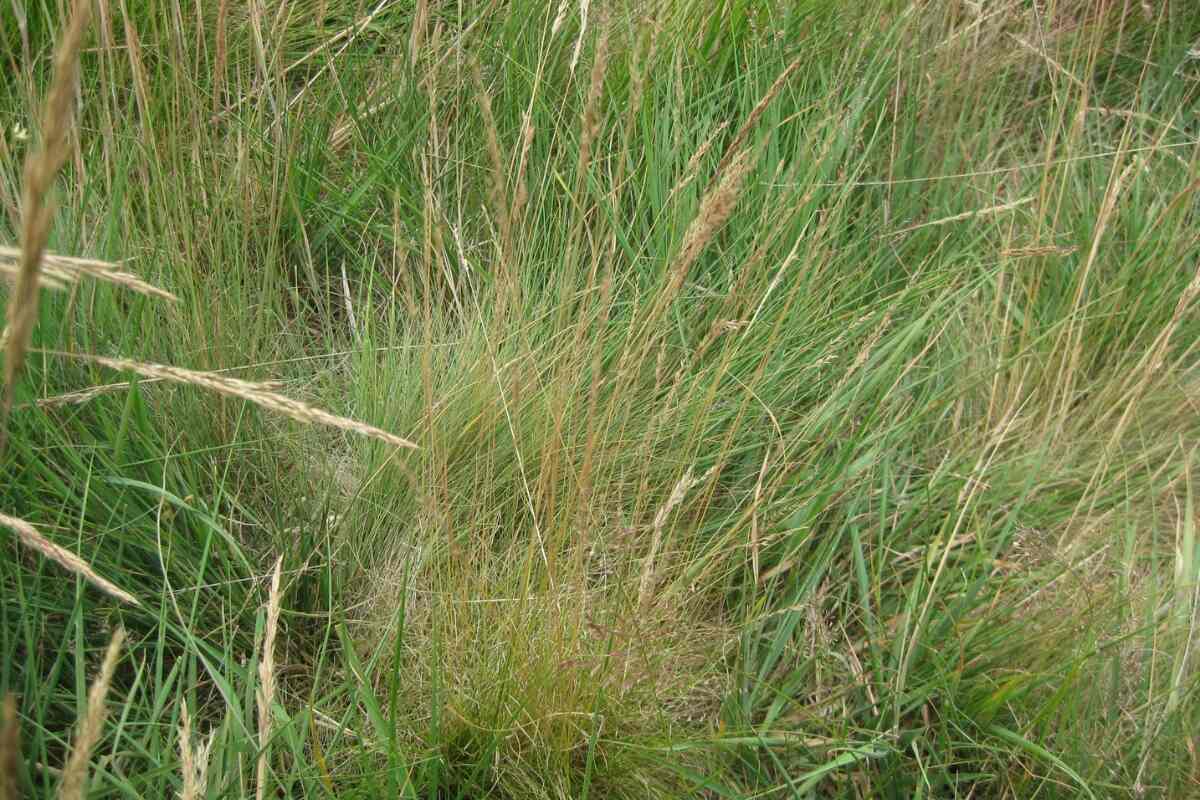
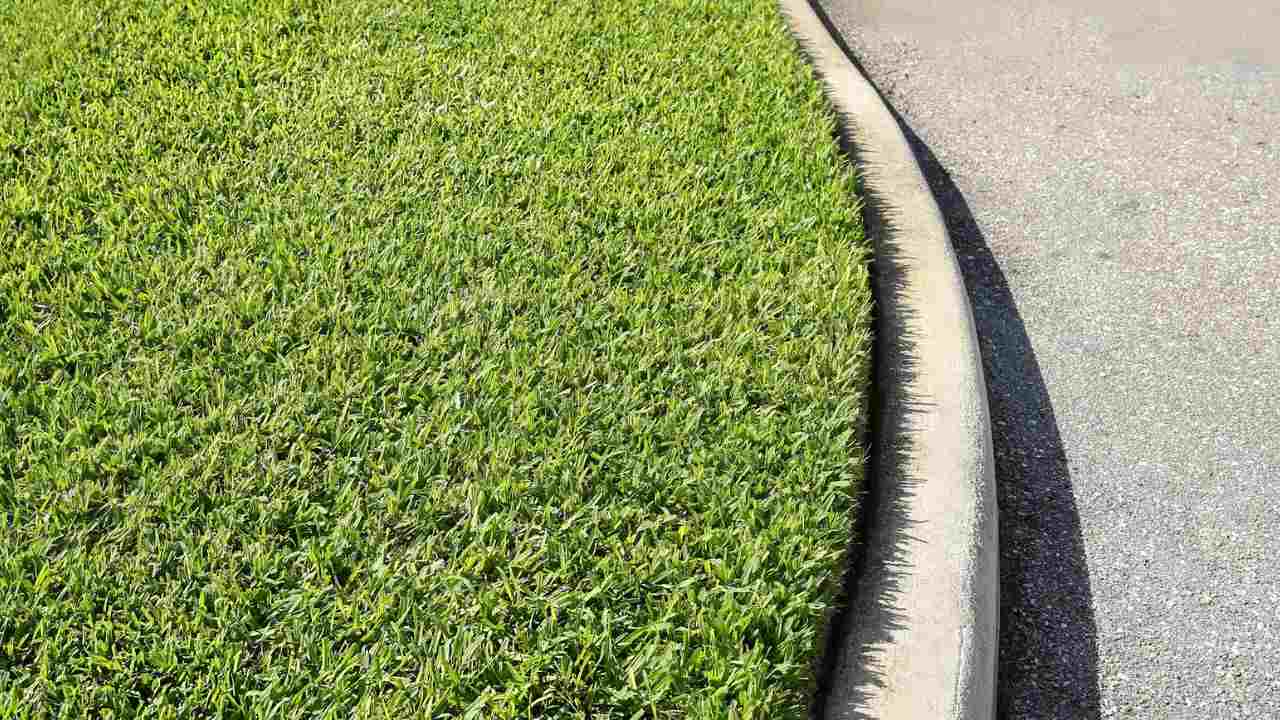
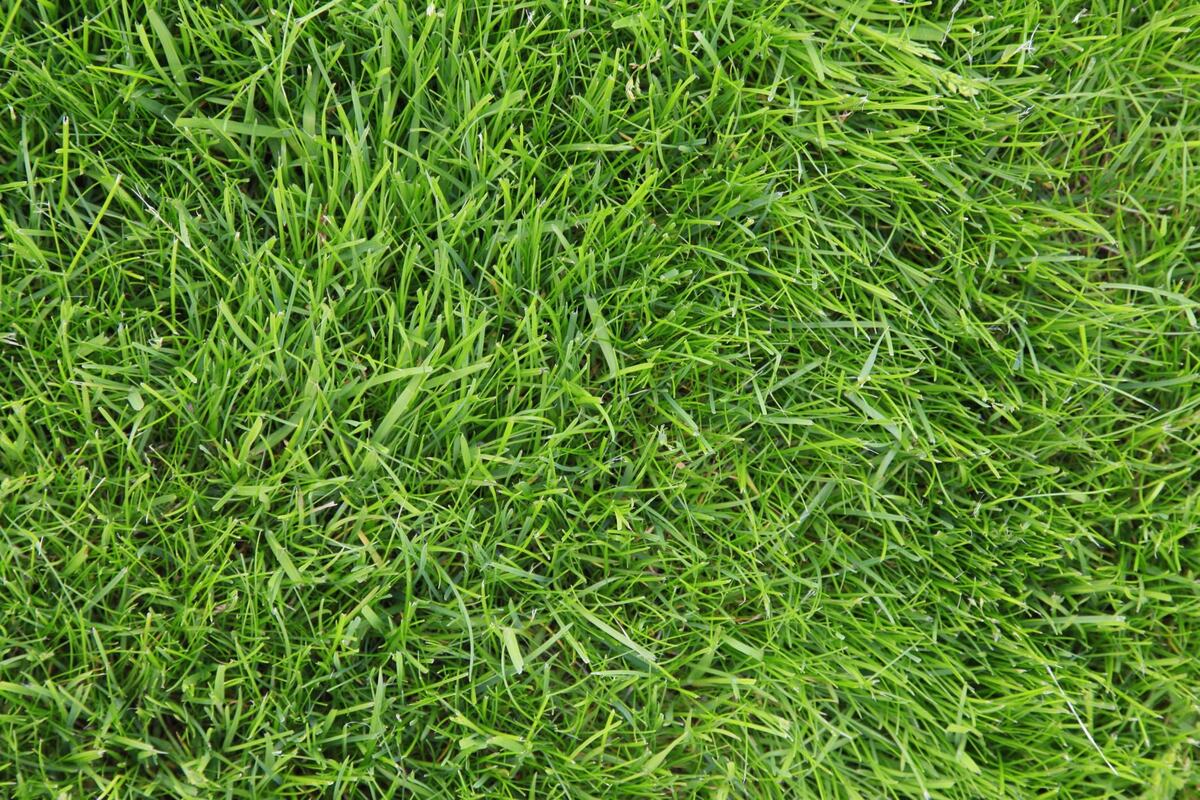
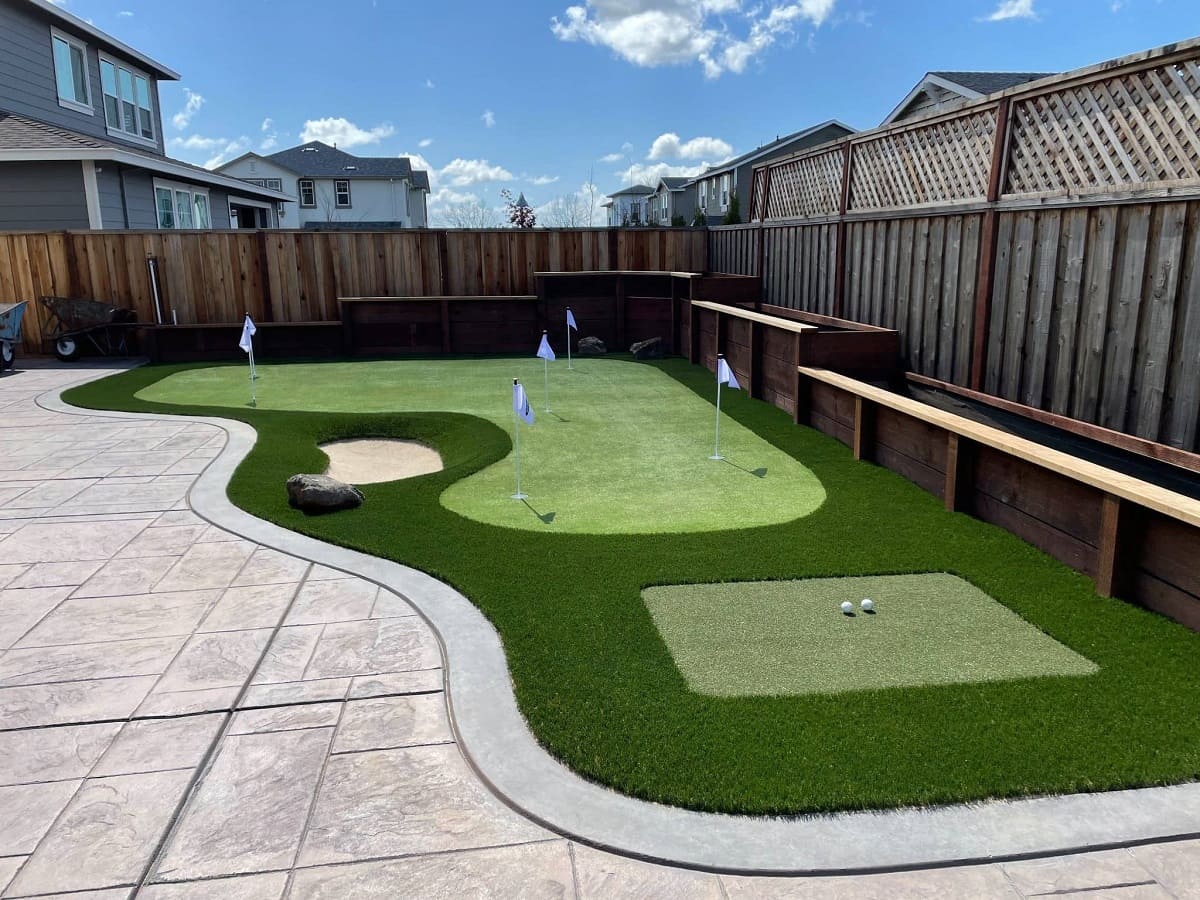
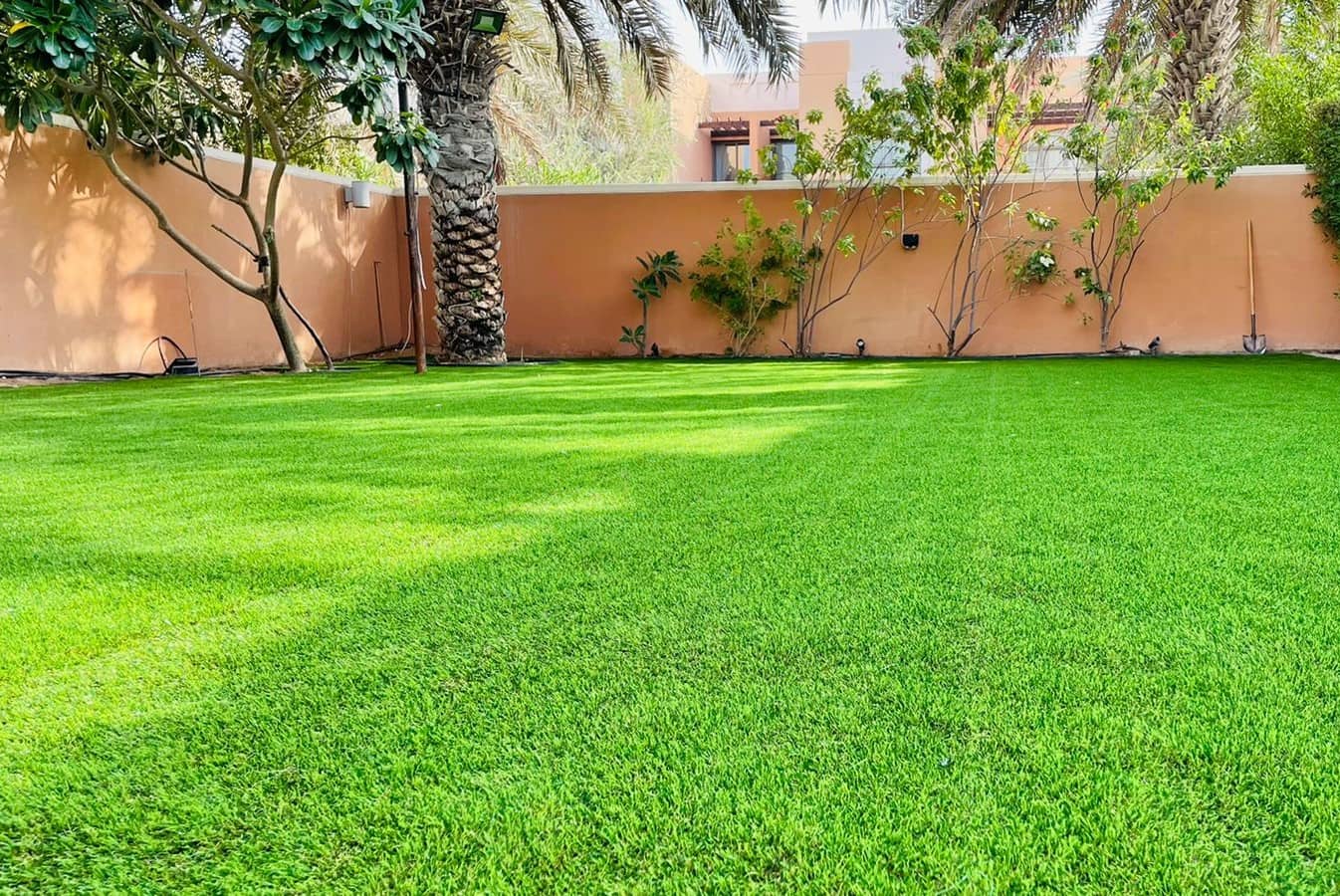
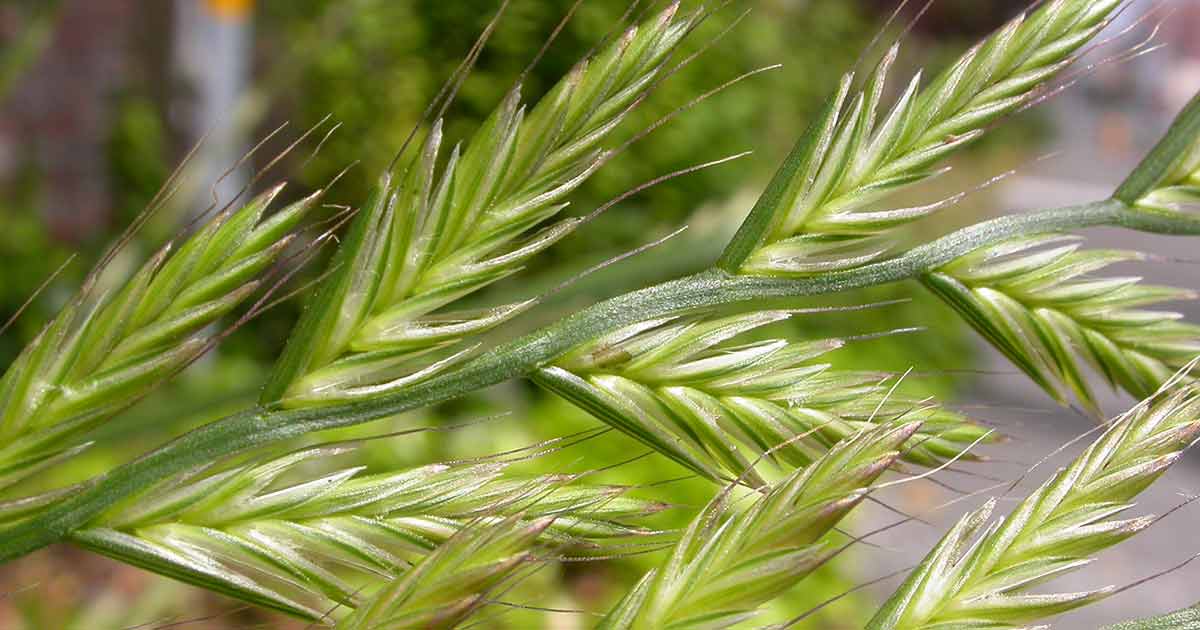
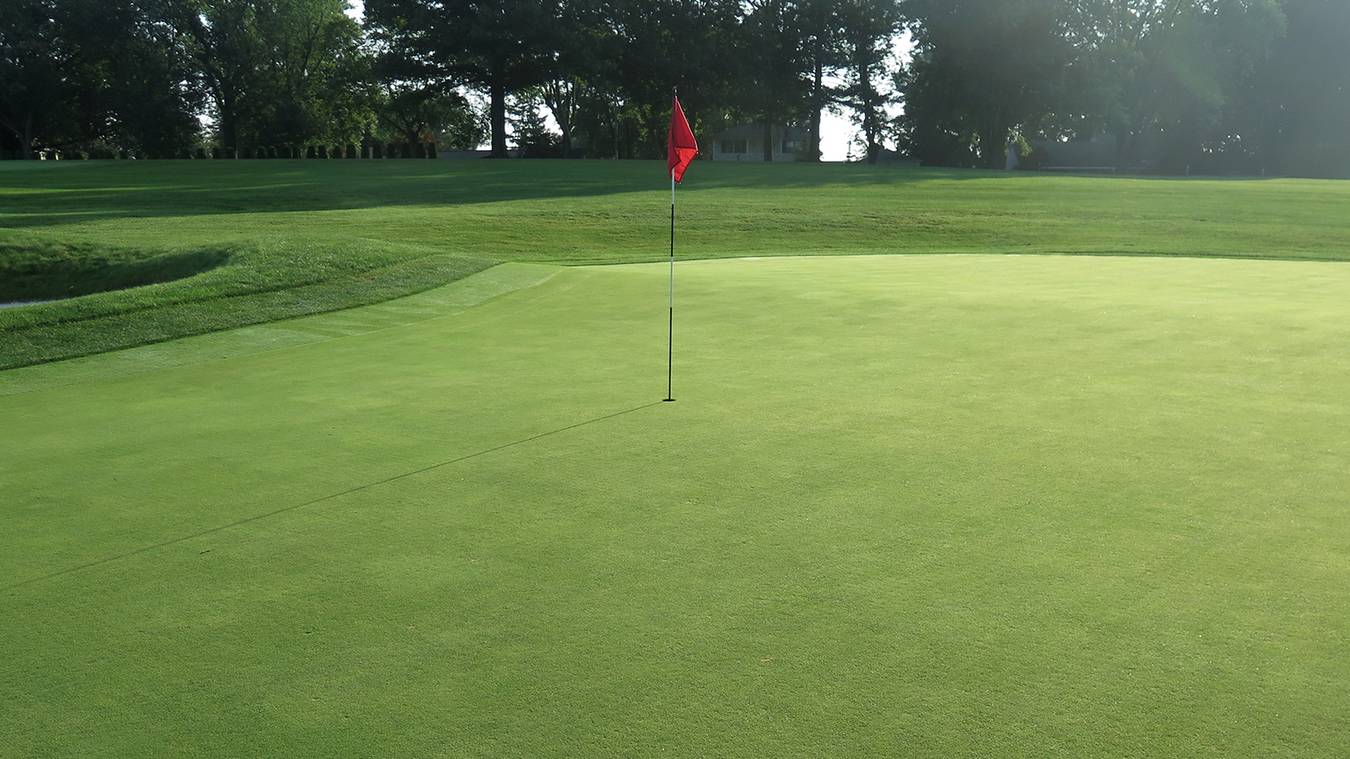
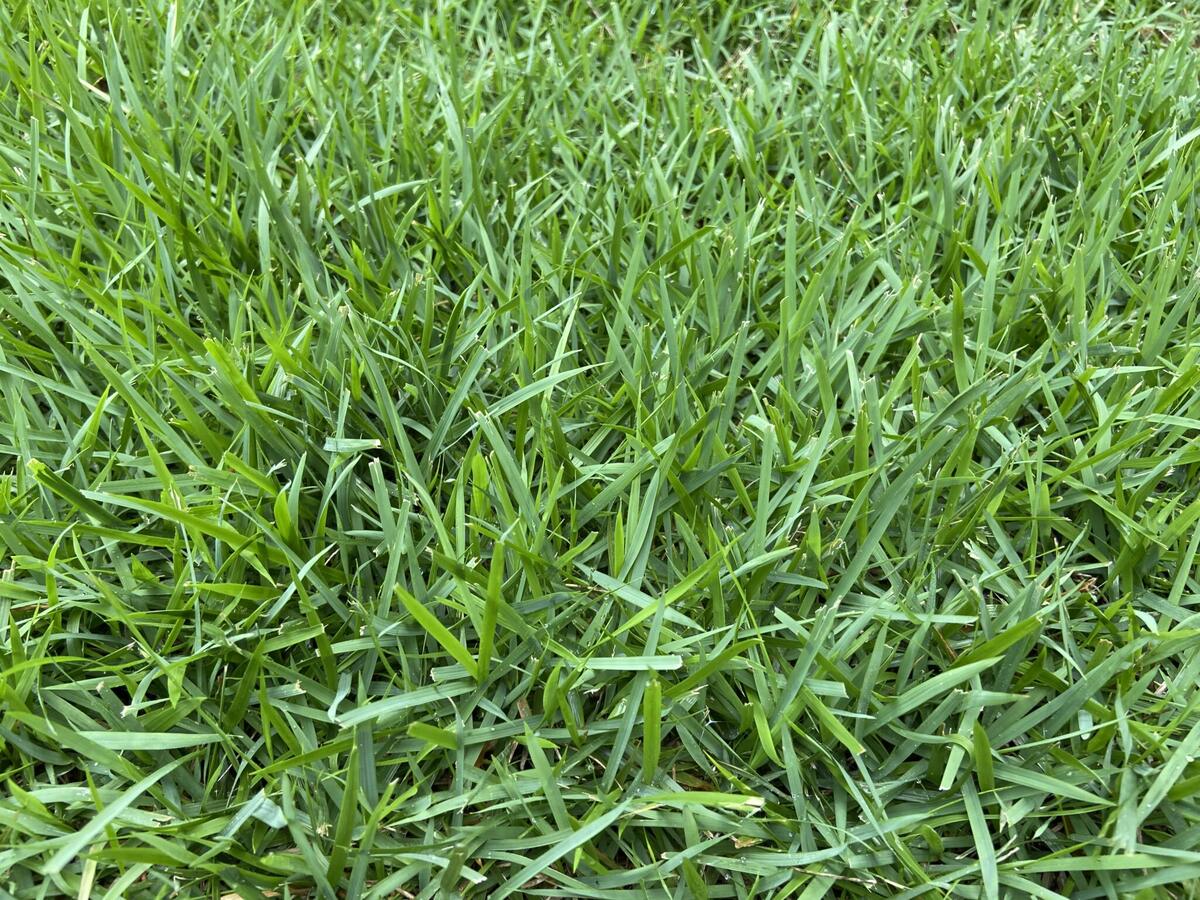
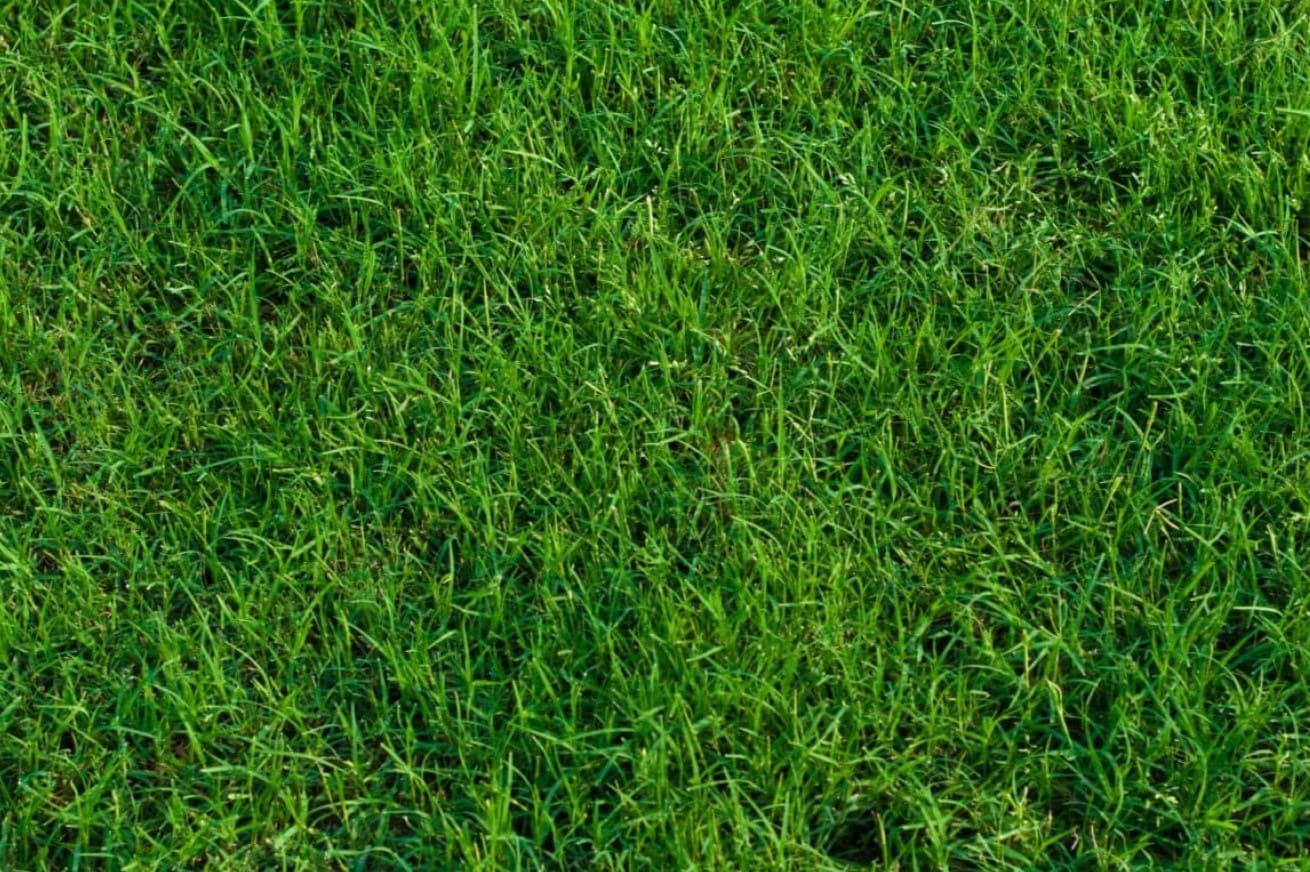
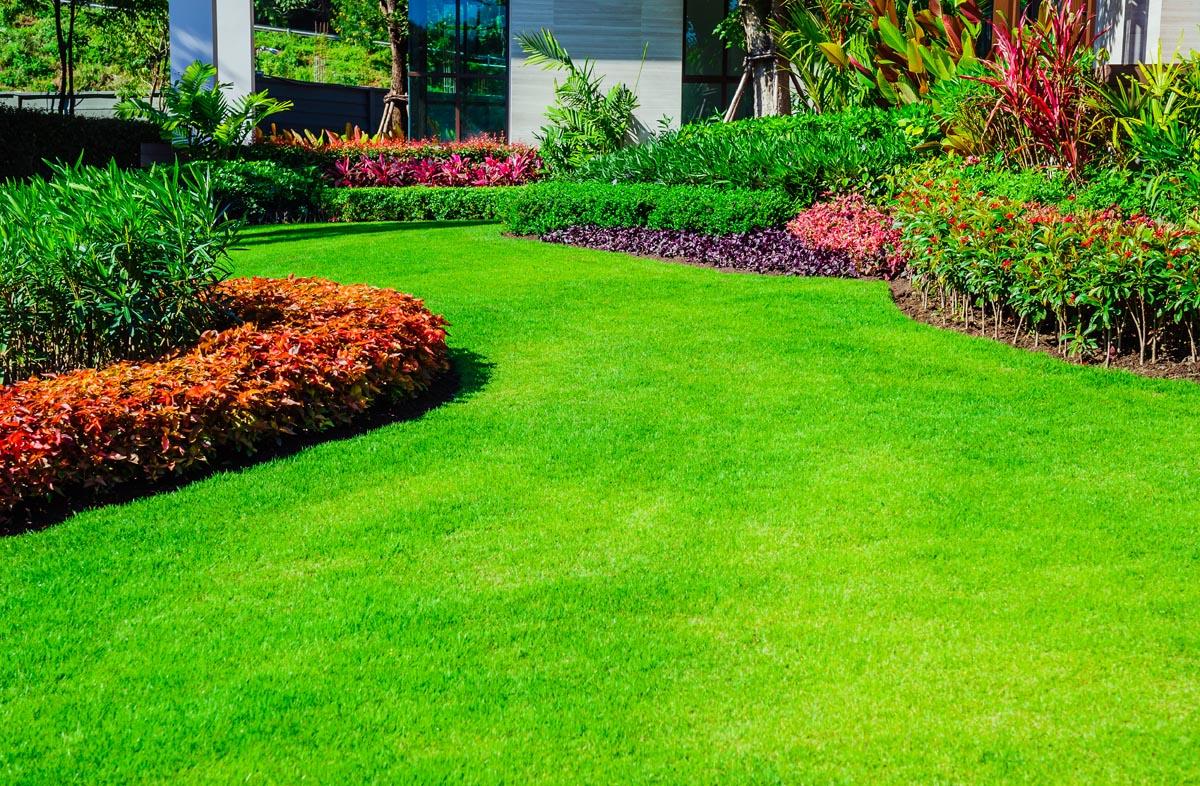
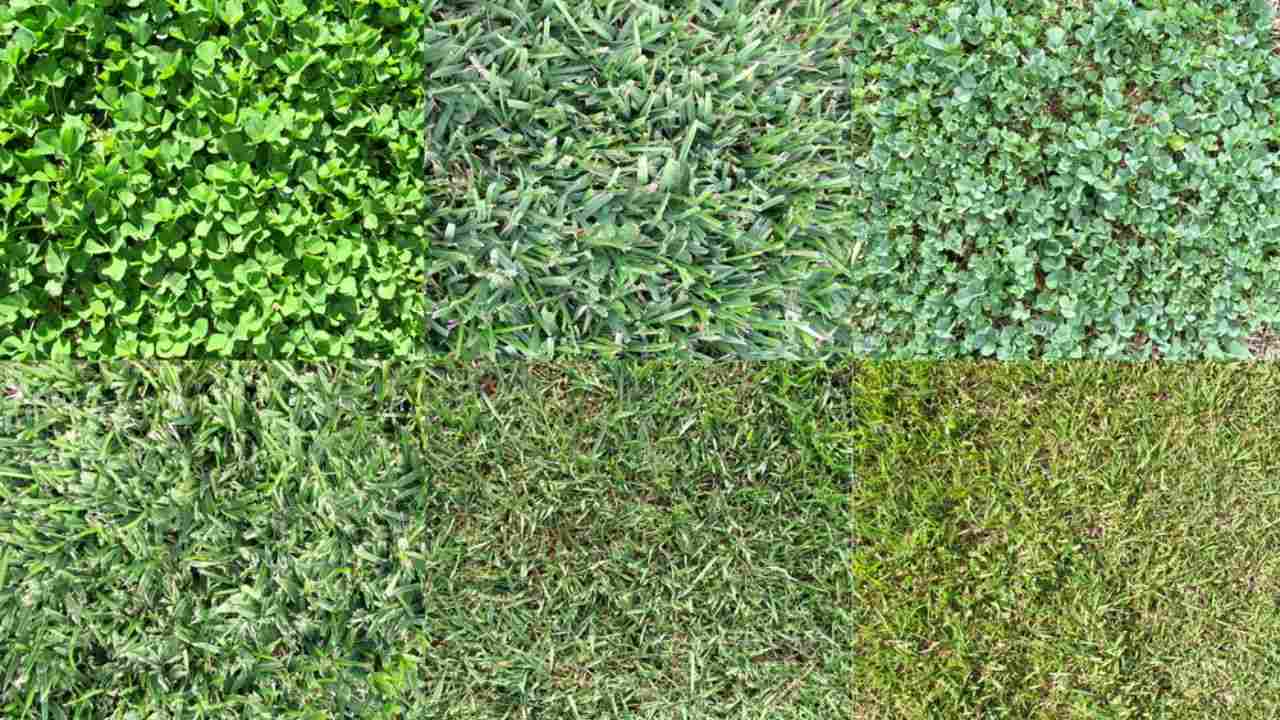


0 thoughts on “What Type Of Grass Is In My Yard”